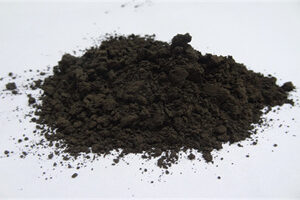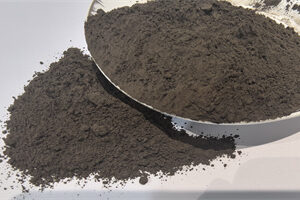Specific application of chromite sand in castings
Chromite sand can be used in different casting processes,the specific applications are as follows:
1.Large thick wall castings
Chromite sand is used in combination with sand casting, furan resin self-hardening sand, water glass self-hardening sand and other processes for large-volume and heavy iron and steel castings. The castings can be cooled in a predetermined order, which is beneficial to improve the compactness of the castings and enhance the strength of the castings.In addition, for processes using silica sand, chromite sand can be used as surface sand instead of silica sand in key areas where pores and veins are prone to appear, which can effectively prevent casting defects such as cracks and pores.For such casting,chromite sand AFS40-45 AFS45-50 AFS40-50 AFS45-55 are often used.
2.Lost Foam Casting
During lost foam casting, AFS25-30 AFS30-35 or AFS25-35 chromite sand are usually used to prevent defects such as sand inclusion and sand sticking caused by quartz sand casting. Mainly used to manufacture valves, impellers and other castings made of high chromium cast steel and high manganese steel.
3.Shell casting
Chromite sand can be used as core sand material for complex parts in shell casting to make sand cores.Used to produce high-precision, smooth-surfaced 304, 316 stainless steel castings and carbon steel precision castings, etc.
4.Sand Casting
Chromite sand can also be used for sand casting, such as sand casting, water glass self-hardening sand casting, etc., and is used to produce various large, medium and small parts, such as pump bodies, pipes, valves, etc.
5.Foundry sand filling materials
Chromite sand has a good chilling effect and can be put into the sand box as a cooling material instead of cold iron. The commonly used model is chromite sand AFS20-25 AFS25-30
In general, chromite sand can be used in a variety of casting processes widely and it can produce high-precision, high-performance, and high-strength castings. It need mention that chromite sand is not suitable for the production of alloy castings with low pouring temperatures.




















